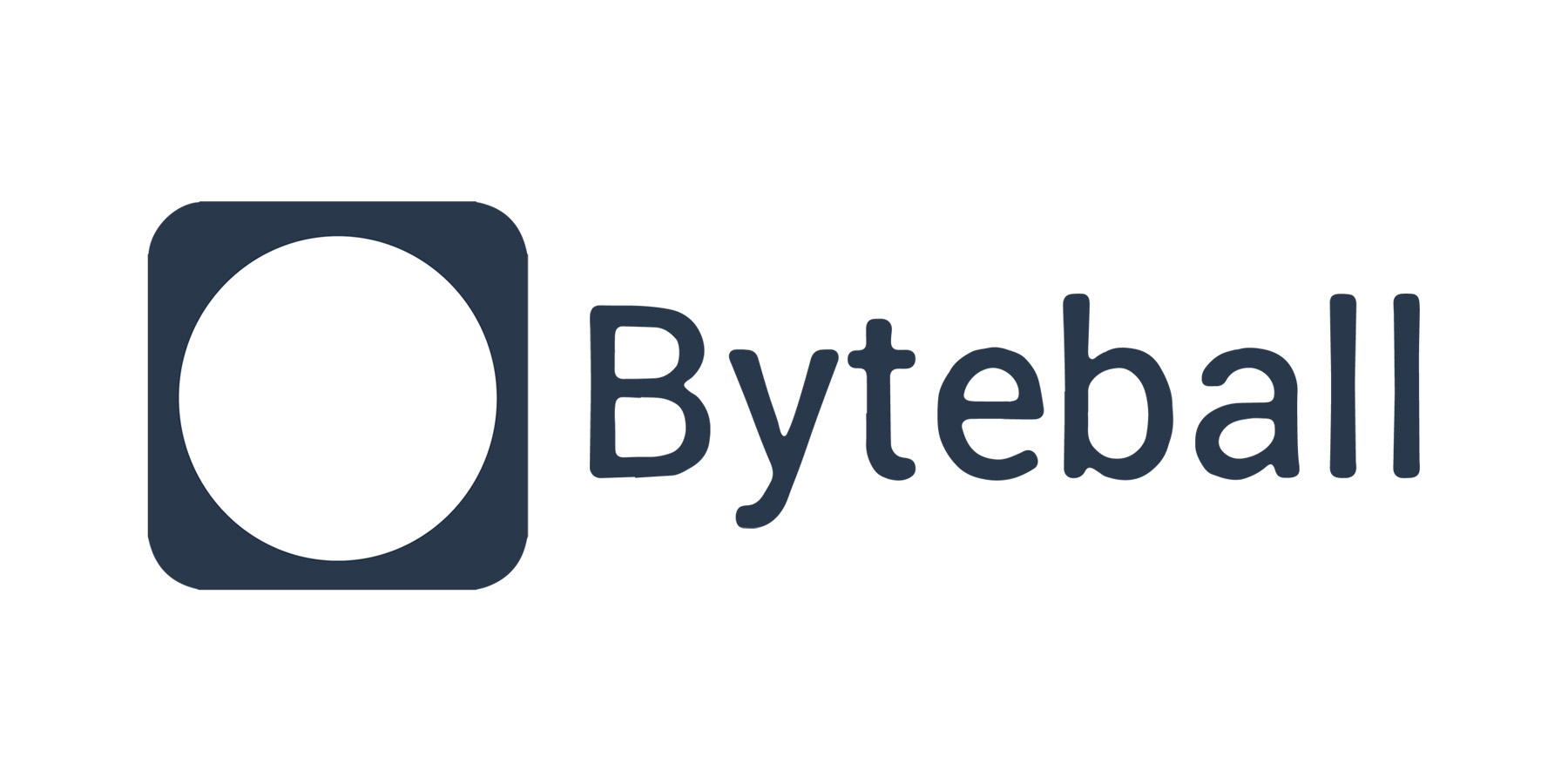Directed Acyclic Graph (DAG) stands as a possible competitor to the blockchain, capable of making new cryptocurrencies while overcoming some of the issues inherent to blockchain tech.
This brief overview examines the emergence of DAG and whether it can compete with blockchain.
B to D: From Blockchain to DAG
If you’ve been reading up on blockchain technology for long enough, you’ll know it’s not all moonshine and roses. Technology is always limited, never perfect, because it’s a constantly evolving discipline that is dynamic, imaginative, and inventive by its very nature.
Where there is a technology, there will be drawbacks and limitations, and it’s this very fact that enables other new technologies to come to the fore to bridge those minus points.
While it may sound cryptic and puzzling to non-techies, Directed Acyclic Graph is a well-known data structure in Computer Science. DAG believes it can shed light on some of blockchain’s dark corners.
An abstract detailing a cryptocurrency application was first presented by Sergio Demian Lerner in 2015 for Dagcoin (although the product never came to fruition), but computer scientists had been working on the technology even before this release.
The DAG Promise
Imagine a cryptocurrency industry where there are no miners, no block size issues, no 51 percent attack, and even more decentralization. Possible?
DAG says it is.
We’ve presented a new cryptocurrency design based on a DAG structure where there are no fixed blocks and where each transaction carries its own proof of work. Also we’ve presented two optimizations that allow storing and dynamically updating the DAG-chain consuming low CPU resources. It must be noted however that the proposed DAG-coin cannot verify new transactions using only a subset of the block-chain, such as Bitcoin’s UTXO set. However, by storing the most recent transactions in a fast cache, and by using checkpoints where such that older transactions cannot be references, the system can be made as fast as Bitcoin, or faster.
Currently, DAG is an underground technology still in its infancy, and there is much work to be done to build development and adoption levels to the extent we’ve seen with blockchain. It will be up to disruptively pioneering startups to usher us into yet another new technological era that follows the cryptocurrency line.
DAG Coins
Two of the most promising companies working on DAG at the moment are IOTA and ByteBall.
IOTA makes use of a partial PoW (Proof-of-Work) stake, and so cannot be considered a full DAG application, but the product’s usage of it makes for an enticing look into what such a technology might provide in future. ByteBall, on the other hand, is a few steps closer to the true nature of DAG.
IOTA

- A hardware-agnostic system that boasts a complete absence of transaction fees.
- Utilization of a side level PoW confirmation schema, as an anti-spam measurement.
- Sports a roadmap with enticing features up ahead.
Good for: IOT (Internet of Things), M2M (Machine to Machine) communication.
ByteBall

- A tamper-proof decentralized storage system for arbitrary data.
- Final confirmation on main chain does not require any PoW evaluation, making it a more robust DAG system.
Good for: Transfer of value, H2H (Human to Human) communication.
Ethereum Founder on DAGs and Hash Graphs
According to Vitalik Buterin:
…they do have some value, particularly in reducing latency, so basically you can design systems where the latency goes down from something like Ethereum’s 14 seconds possibly to 1 second…
He adds that it’s, however, not a panacea:
…what they do not solve is, first of all, these things do not solve a scalability problem.
He provides his insight into the problematic nature of scalability as it stands within the capabilities of all currently existing technologies:
…you still have the issue that every node has to process every transaction, then you do not have what I would consider high scalability. You know, so far every hash graph, like B System I’ve seen, even if it means succeeding in improving latency, and it may succeed at somewhat improving the amount of kind of like by a small constant factor the scalability…
Limitations
Just because DAG is an improvement on existing blockchain technology does not mean it’s the new be-all and end-all. It’s not without its own kinks and limitations, and it’s no stranger to critique from within the programming community over aspects like the effectiveness of its consensus algorithm.
However, these issues are being worked on by very bright minds who will make it come into its own due to their tireless contributions. Sounds a lot like blockchain’s early days. Let’s see what the future holds!
Imagine That
Overall, the notion that some of the current issues the blockchain industry is facing can be overcome by the introduction of DAG technology is a promising one.
Hard forks, influential miners with the ability to manipulate hash power, increasing fees, and security attacks might all soon be a thing of the past if DAG has anything to do with it. And a world in which hundreds of thousands of transactions could be made every second would surely be a great mood booster after bitcoin’s current tortoise-like confirmation crawl.

